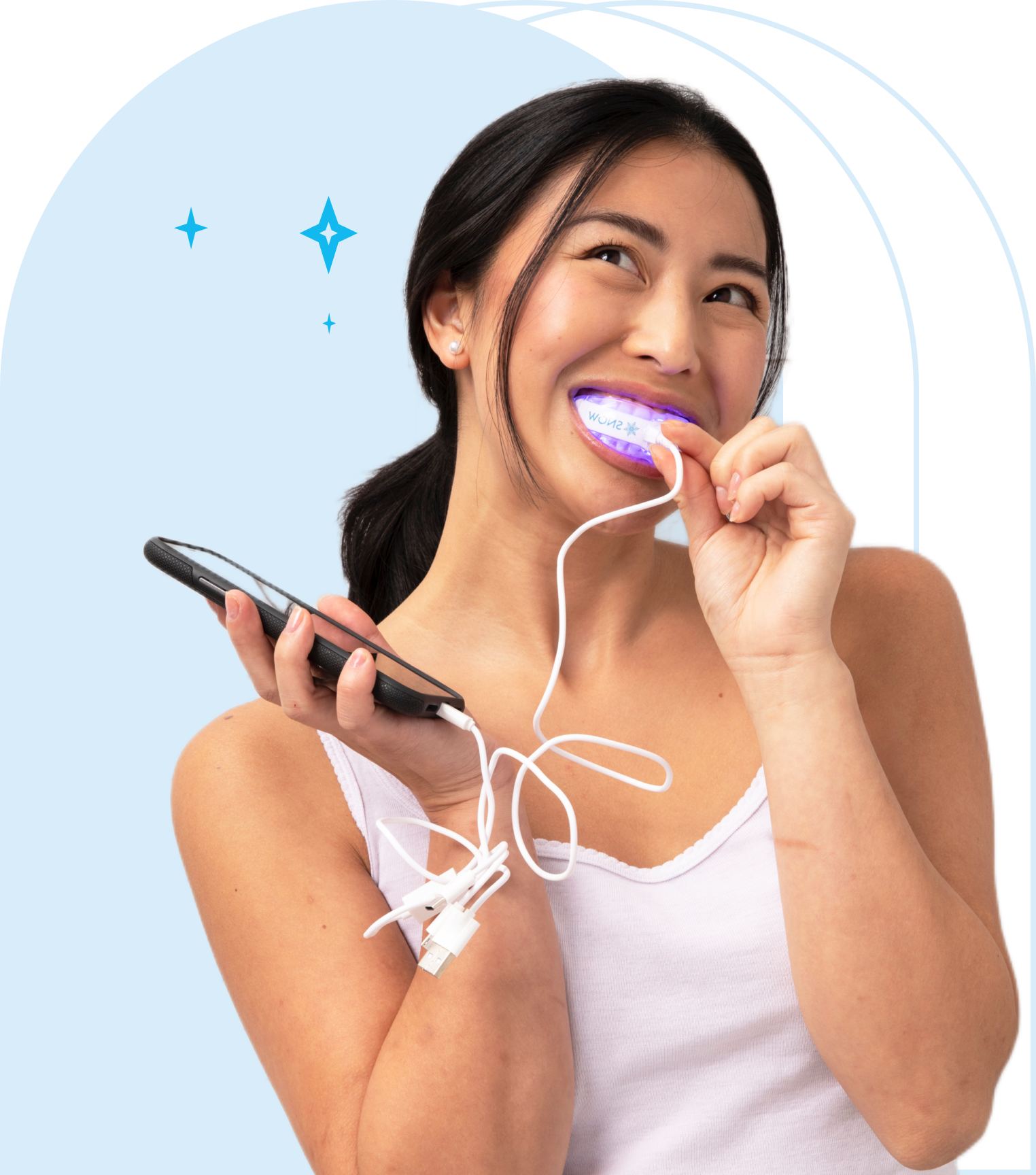Many people ask, should I brush my teeth before using whitening strips? The answer is usually yes—brushing beforehand helps remove surface debris, allowing the whitening agents to work more effectively. However, it’s not quite as simple as brushing and applying. In this article, we’ll walk through the best timing, techniques, and precautions to follow for safer, more consistent whitening results.
Key Takeaways
-
Brushing your teeth before applying whitening strips enhances their effectiveness by removing plaque and ensuring better adhesion.
-
However, brushing immediately before use can irritate gums and increase tooth sensitivity; it’s best to wait at least 30 minutes after brushing.
-
Consulting with a dental professional is advisable, especially for individuals with sensitive teeth, to determine the best whitening practices.
How Whitening Strips Work
Whitening strips have made at-home teeth whitening easier and more accessible than ever. These thin, flexible strips are coated with a peroxide-based gel—often using hydrogen or carbamide peroxide—that helps remove stains from the surface of your teeth.
Once applied, the gel penetrates the enamel and reacts with staining molecules through a process called oxidation. This breaks down discoloration and gradually reveals a brighter smile.
Whitening strips are especially effective for targeting stains caused by everyday habits like drinking coffee, tea, or red wine. With consistent use, they can visibly improve tooth brightness over time—making them a convenient and effective alternative to in-office whitening treatments.
That said, you might notice the strips don’t always cover every tooth evenly. This is a common issue, and understanding why whitening strips don’t cover all teeth can help you get better, more consistent results.
Like any whitening product, results can vary depending on your habits, oral care routine, and how well you prep your teeth beforehand. Clean, plaque-free teeth allow the strips to stick better and work more efficiently—leading us to the next key step: brushing before using whitening strips.
Brushing Your Teeth Before Using Whitening Strips
Brushing your teeth before using whitening strips is a widely recommended practice because:
-
It removes any plaque or food particles that could hinder the whitening process.
-
It allows the whitening gel to adhere better to the tooth surfaces.
-
It enhances the overall effectiveness of the whitening treatment.
That said, brushing right before applying strips isn’t always perfect for everyone. To get the best results (and avoid issues like sensitivity), it’s helpful to understand both the benefits and potential drawbacks of brushing beforehand.
Benefits of Brushing Before Whitening
Brushing your teeth before applying whitening strips can make a noticeable difference in how well the treatment works. Here are the key benefits:
1. Enhances Whitening Effectiveness
Brushing removes plaque and surface stains, allowing the peroxide-based whitening gel to penetrate the enamel more effectively and work at full strength.
2. Improves Gel Adhesion
Clean teeth provide a better surface for the whitening strips to stick to, which helps the gel stay in place and distribute evenly across the teeth.
Plaque or debris can block the gel in certain areas, leading to patchy results. Brushing first ensures more uniform whitening across all treated teeth.
4. Supports a Brighter Smile
By clearing surface stains before application, brushing helps enhance the overall brightness and visibility of your results over time.
Potential Drawbacks of Brushing Before Whitening
Although brushing before whitening has clear advantages, there are also some possible downsides to keep in mind—especially for those with sensitivity or gum issues.
1. Gum Irritation
Brushing immediately before applying strips can leave your gums more sensitive, especially if you brush too hard or use a toothbrush with stiff bristles.
2. Increased Tooth Sensitivity
Overbrushing or brushing too vigorously can exacerbate tooth sensitivity, making the whitening process uncomfortable or causing temporary discomfort afterward.
3. Timing Is Important
To reduce the risk of irritation or sensitivity, it’s best to wait 15–30 minutes after brushing before applying whitening strips.
Tip: If you have sensitive teeth or gums, a dental professional can help you determine the safest routine for using whitening strips effectively.
Best Practices for Brushing Before Whitening Strips
To maximize the benefits of your whitening strips, it’s important to follow a few best practices when brushing beforehand. These steps help protect your enamel, reduce sensitivity, and improve whitening results.
1. Wait at Least 30 Minutes After Brushing
After brushing, wait about 30 minutes before applying whitening strips. This short pause allows your saliva to neutralize any leftover toothpaste, especially fluoride, which could interfere with how the strips adhere. It also helps reduce the risk of gum irritation during the whitening process.
2. Use a Soft-Bristled Toothbrush
A soft-bristled toothbrush is essential for protecting your enamel and gums. It allows you to brush gently, reducing the risk of irritation or sensitivity. When paired with a fluoride toothpaste, it also helps support your overall dental health while preparing your teeth for whitening.
3. Brush Gently with Circular Motions
To avoid damaging your enamel, brush using light pressure and circular motions. This technique removes plaque and surface stains effectively while minimizing the risk of enamel wear or gum discomfort. Gentle brushing also creates a clean surface for better whitening strip adhesion.
4. Maintain a Consistent Oral Care Routine
Regular brushing—before and after whitening—is key to a healthy smile. Consistent, gentle brushing helps prevent enamel abrasion, supports long-term oral health, and enhances the results of your whitening treatments. Professional cleanings can also complement at-home care and improve overall outcomes.
Factors Influencing the Decision to Brush Before Whitening
Several factors can influence the decision to brush before using whitening strips. One critical consideration is the condition of your enamel. If compromised, brushing after applying the strips might be safer to avoid further damage.
Another factor is tooth sensitivity. Brushing before whitening can increase sensitivity for some individuals, making the process uncomfortable. Consulting your dentist before starting any whitening treatment is advisable, especially if you have sensitive teeth.
Manufacturer recommendations also play a crucial role. Different whitening strips come with specific manufacturer’s instructions, so follow them closely for the best results to ensure the strips adhere properly. Personal comfort and routine also significantly influence your decision; some prefer brushing their teeth before using the strips, while others find it more comfortable to brush after.
Maintaining Good Oral Hygiene During Whitening
Maintaining good oral hygiene during the whitening process helps achieve and preserve a healthy smile. Regular dental check-ups are vital for addressing any deep-set stains and ensuring overall dental health. Gentle brushing is encouraged immediately after using whitening strips to avoid damaging enamel and to help eliminate any residual gel.
Using antibacterial mouthwash can combat plaque and promote oral health post-whitening. Whitening toothpaste can help maintain teeth brightness but should be used sparingly, about once or twice a week. For sensitive teeth, a gentle saltwater rinse can alleviate discomfort after whitening.
Remember to maintain good oral hygiene practices twice a day, including brushing and flossing, to ensure your teeth remain clean and healthy during your teeth whitening journey.
Additional Tips for Effective Whitening
To enhance the effectiveness of your whitening strips and maintain the results of your whitening treatment, avoid staining foods and beverages such as:
-
Coffee
-
Tea
-
Berries
-
Dark sauces
Limiting the intake of these items can help maintain the results of your whitening treatment.
Using a straw when drinking can minimize contact between staining liquids and your teeth, helping to preserve your bright smile. Rinse your mouth after consuming food or drinks to remove residual food particles and prevent staining, ensuring your teeth stay as white as possible.
Consult a Dental Professional
For existing dental issues or concerns about using whitening strips, seek advice from a dental professional. They can provide tailored recommendations regarding the safe use of whitening products based on your individual oral health condition.
A dental professional can assess the suitability of teeth whitening products for your teeth and guide you on safely integrating them into your routine. If you’re unsure about using whitening strips, consulting a dentist can help you make an informed decision and achieve the best possible results.
Brushing Teeth Before or After Using Whitening Strips Wrapped Up
In summary, brushing your teeth before using whitening strips can enhance the effectiveness of the whitening process by removing plaque and ensuring better adhesion of the strips. However, it’s essential to consider potential drawbacks such as gum irritation and increased sensitivity. Following best practices, such as waiting 30 minutes after brushing and using a soft-bristled toothbrush, can help mitigate these risks.
Ultimately, consulting with a dental professional and maintaining good oral hygiene practices are key to achieving a brighter, healthier smile. Embrace the journey of teeth whitening with confidence, knowing that you’re making informed decisions for your oral health.
Frequently Asked Questions
Should I brush my teeth before or after using whitening strips?
Brushing your teeth before using whitening strips is advisable, as it removes plaque and food particles, enhancing the strips' effectiveness. This simple step can lead to better whitening results.
What should you not do before teeth whitening strips?
Avoid brushing too hard or using a hard-bristled toothbrush immediately before applying whitening strips, as this can irritate your gums and increase tooth sensitivity.
What happens if I don't brush my teeth before whitening?
If you don't brush your teeth before whitening, plaque and food particles may remain on your teeth, which can hinder the whitening gel's adherence and reduce the effectiveness of the treatment.
Do whitening strips work on dirty teeth?
Whitening strips are less effective on dirty teeth because surface debris can prevent the whitening gel from properly contacting the enamel, leading to uneven or diminished whitening results.
























































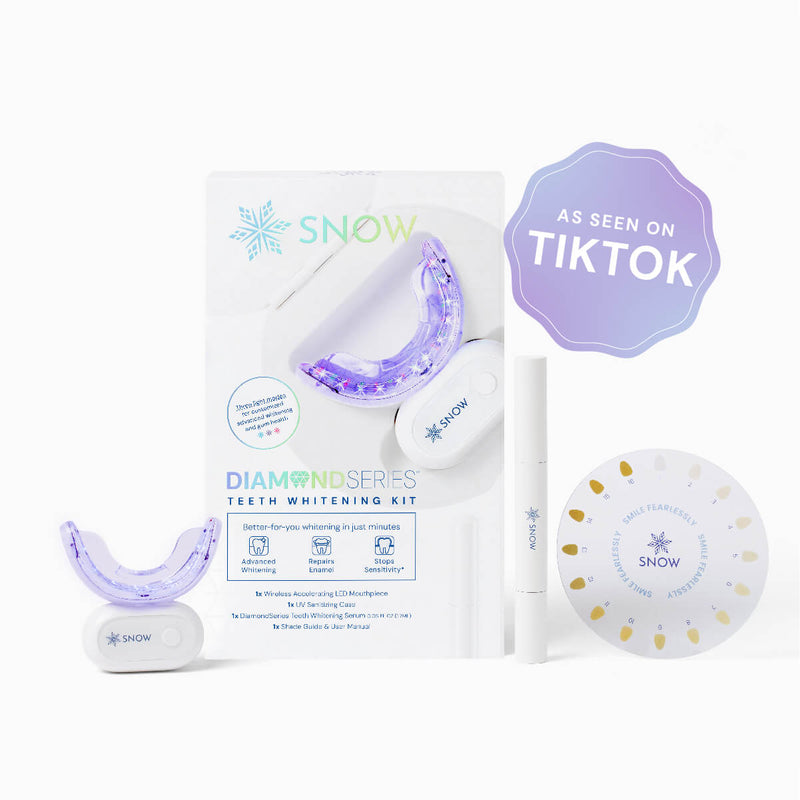
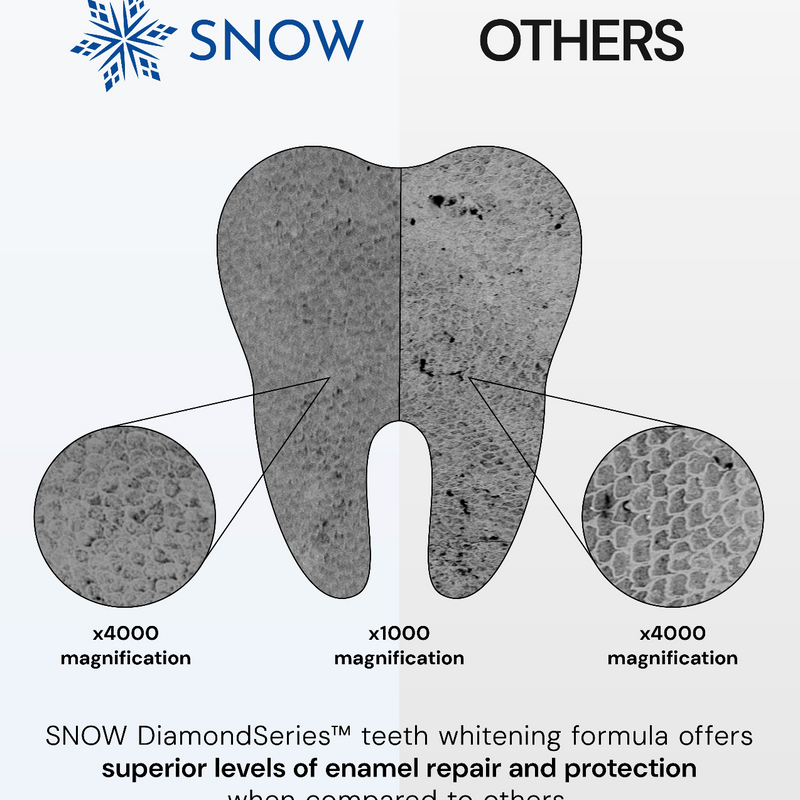




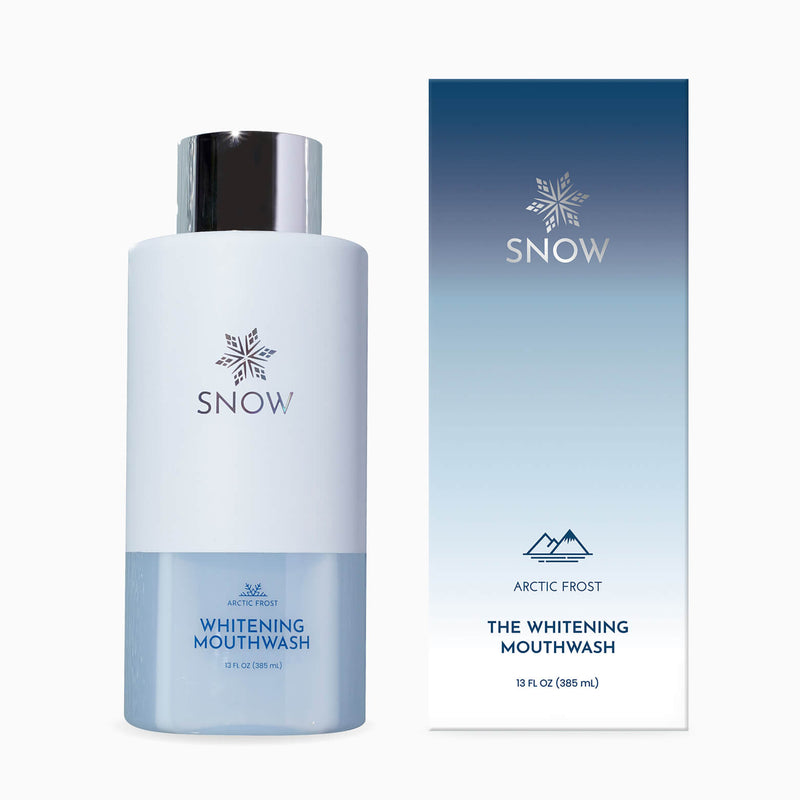
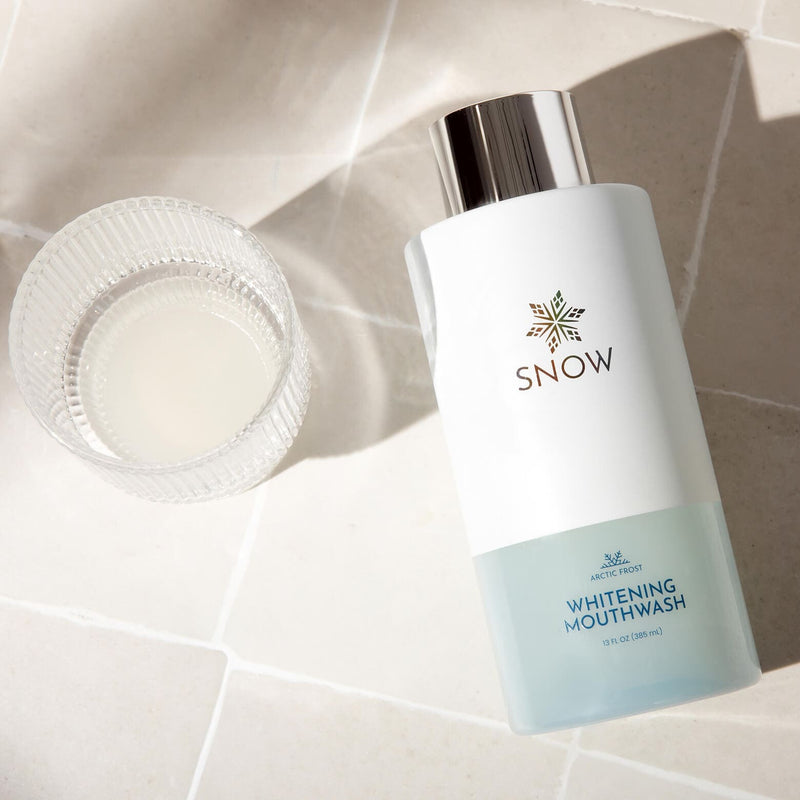

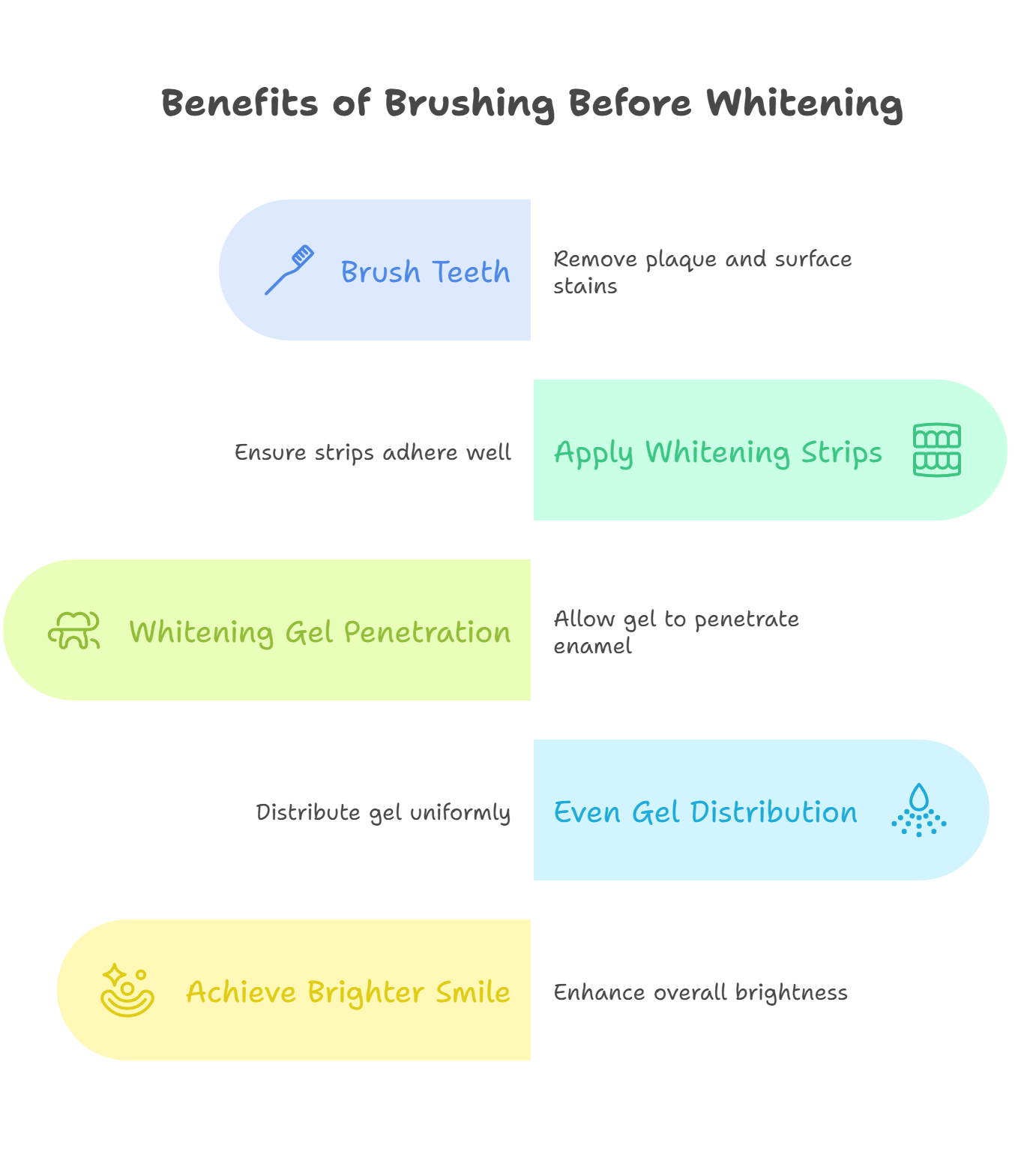
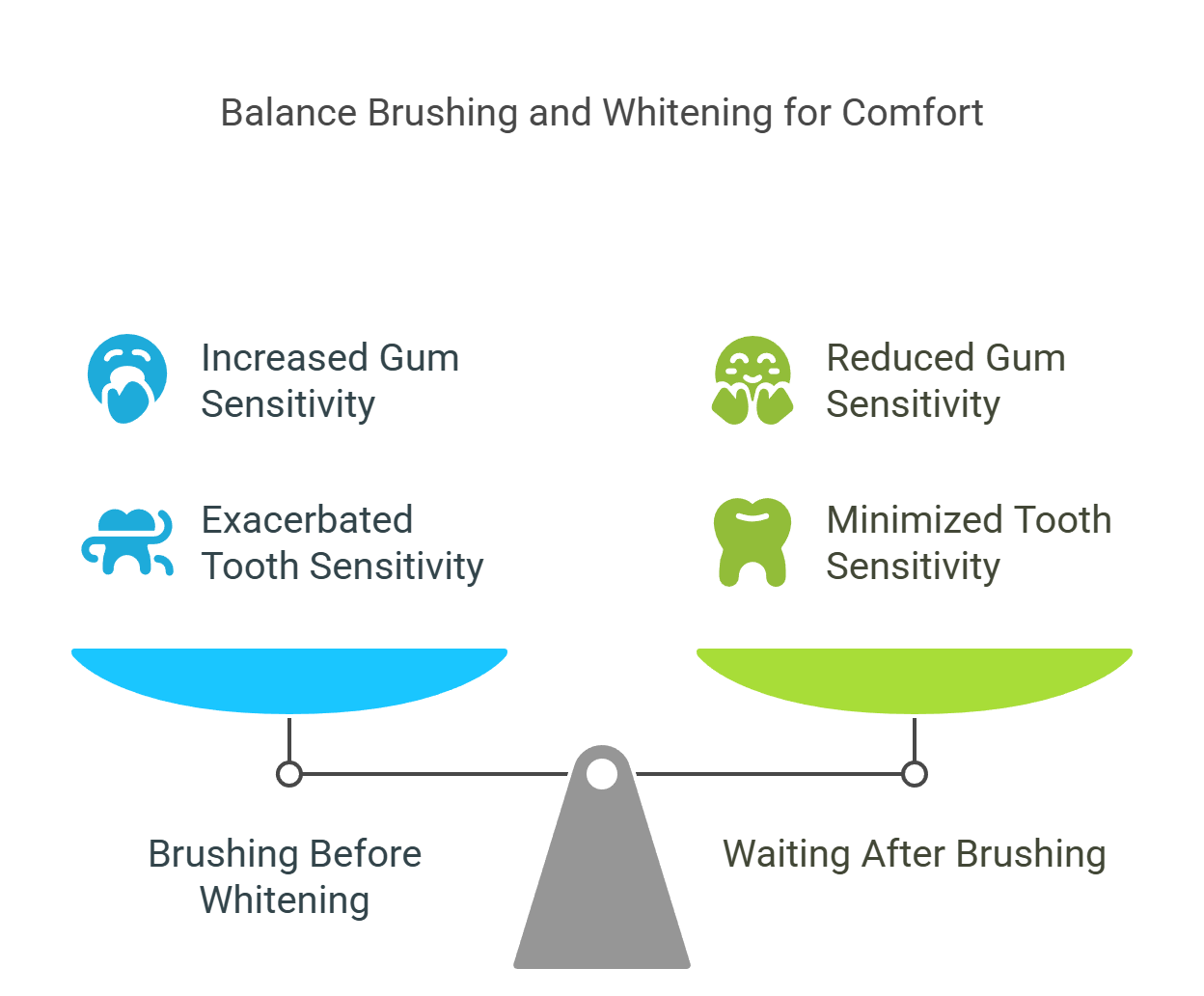
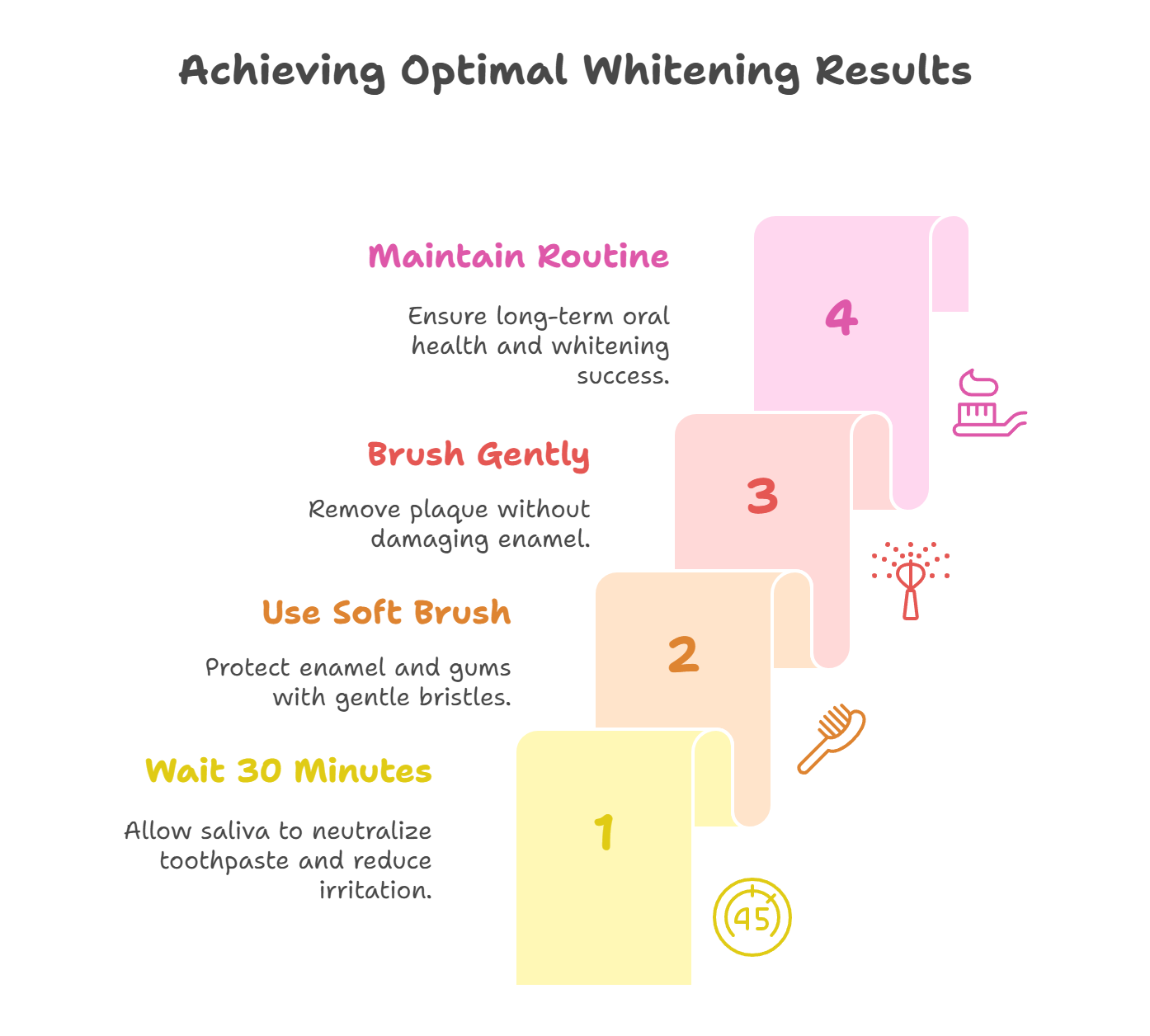
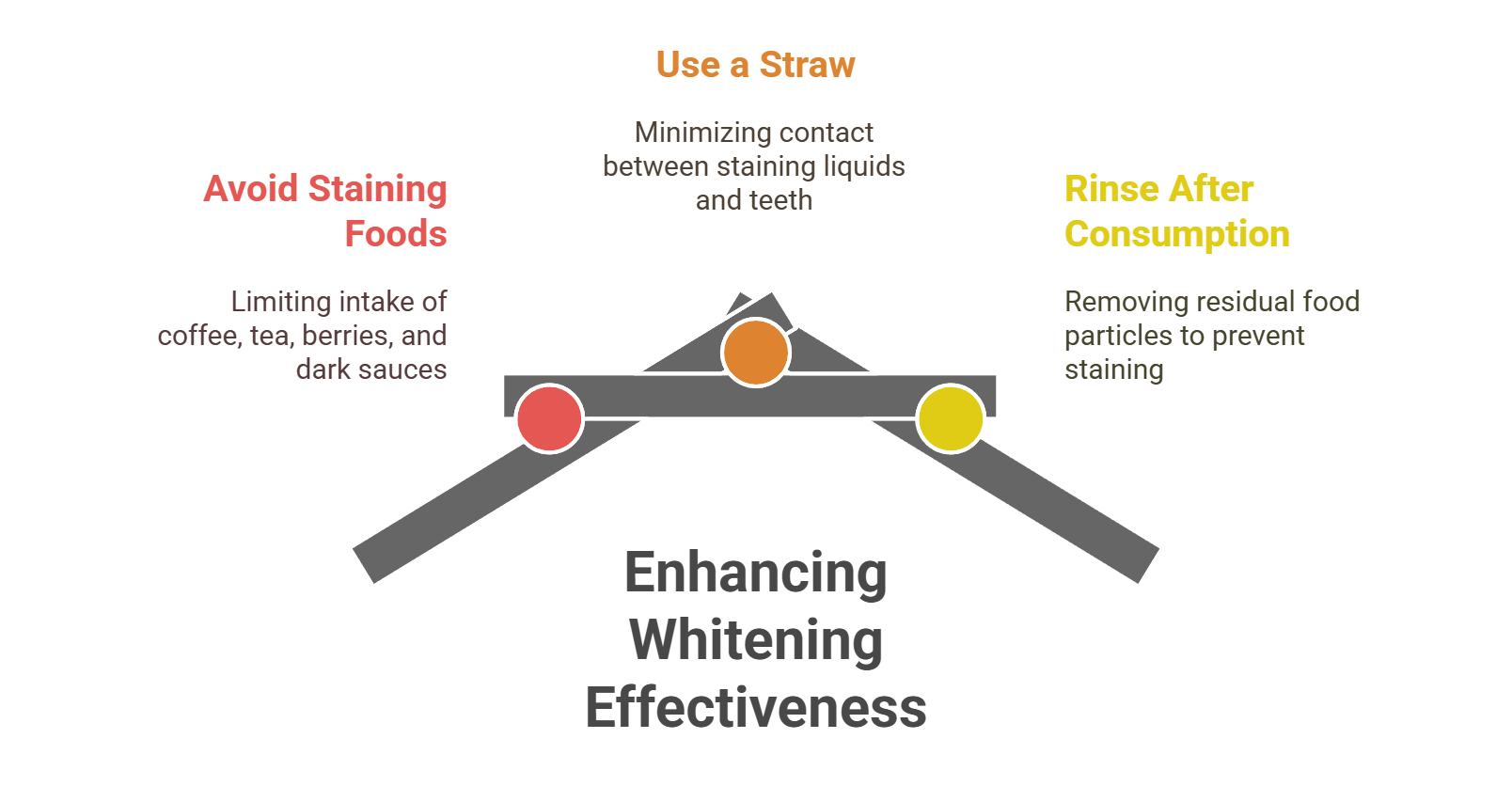


![What Is Best Toothpaste For Whitening Teeth? [Expert TIps]](http://www.trysnow.com/cdn/shop/articles/best_whitening_toothpaste.png?v=1750295906)


